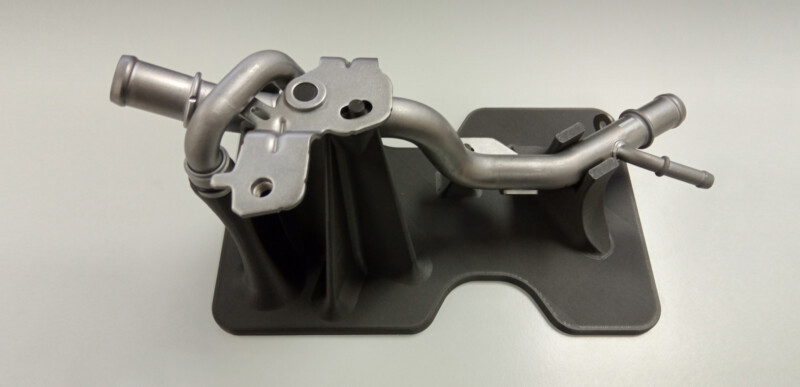
Manufactura Moderna de Metales (MMM)
The Customer
Manufactura Moderna de Metales (MMM) is an automotive component manufacturer that develops innovative technological solutions focused on the energy transition, all supported by the reliability and security of a company with decades of experience in the demanding transport sector. MMM has been actively sharing its long-term vision of changes in the transport sector for over 75 years, devoting human and financial resources to solving design problems. It currently has factories in Romania, Mexico, and Spain.
The various divisions of the MMM group offer solutions and create systems that meet the highest quality and safety standards:
Fluid Systems: MMM manufactures steel, stainless steel, and aluminum tubes for the automotive industry. The Fluid Systems division has forged a solid reputation thanks to its products, which are designed to handle fluids in difficult environments. It has been supplying major automotive manufacturers for over 50 years.
Energy Systems: MMM specializes in solid, innovative solutions with multiple, cross-sectoral applications to support the energy transition and decarbonization process across a wide range of industries. MMM is contributing to this transition and decarbonization through the manufacturing and sale of hydrogen and CO2 capture technologies.
ADDiVAL: Additive printing services for third parties, as well as the necessary engineering support to ensure the final product is perfect for each customer.
Main customers: Stellantis, Toyota, Suzuki, BMW, Volkswagen Group, Renault, and Nissan.
In 2021, MMM diversified its services with the creation of two new divisions, the Energy division, focusing on hydrogen production, and the Additive Manufacturing division.
The Challenge
This was the situation when MMM decided to integrate Additive Manufacturing into its 3D Printing division:
“In 2019, our constant search for innovation and excellence led us to the need to incorporate 3D technology in our production processes.”
That’s when we started to look into comprehensive solutions and systems, so that we could offer that extra value above our competitors,” said Borja Batlle, Business Development Manager of the ADDiVAL department.
The main aim was to reduce the response time from 6 to 2 weeks.
We needed high-precision industrial systems to simulate the conditions in which our automotive components would work once installed in the engine of the vehicles. One of the tests the components had to pass was the vibration test. The difficulty was reducing the weight of the fixtures without compromising their ability to pass these tests.
Another challenge was to create metal tube bending tools in the development stage to reduce the times and costs associated with new projects. We also had to design new shims and other control tools for both production and development.
Main requirements:
+ Produce fixtures for the company
+ Print tubes for handling fluids in the engine, air conditioning, and water systems
“These tubes have different diameters and are expensive, so when you can print the tube and validate the shims, and get the right diameters and fixtures to simulate assembly and mounting during production, then you have a fantastic advantage to offer your customers,” added Batlle.
“We have managed to design fixtures that are 100% printed in 3 weeks and ready to validate the whole process.”
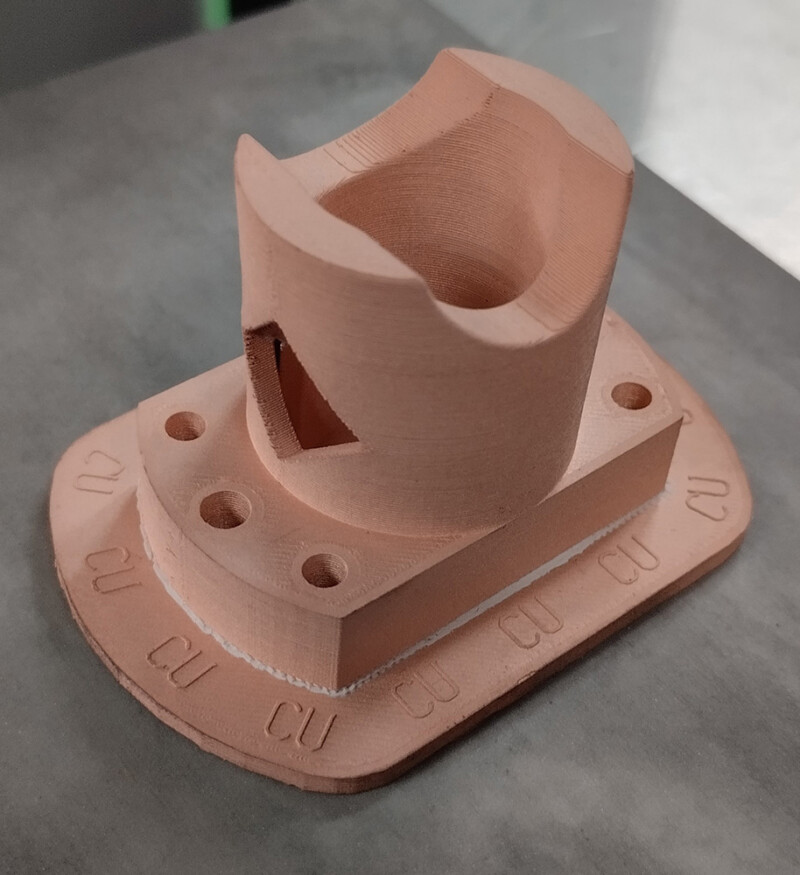
“Another example from our Romanian factory was a fixture for checking rubber sleeves. We created an internal mechanism inside the fixture with a worm gear. Thanks to the high-precision build, the fixture could be used to check the maximum deviation of 1.0 mm at the tube ends,” continued Batlle.
“This play, which determines the precision for finding a part’s tolerance, has saved 60% of the total time for the cycle. These sorts of mechanisms cannot be incorporated using traditional methods, so it's only with composite fixtures that we can create solutions like this,” explained Batlle.
The Solution
To complement our fixture machining processes, MMM acquired a Markforged 3D Printer that can print strong materials, primarily reinforced with continuous fiberglass and carbon fiber composites.
MMM noticed that the 3D printer in the X7 industrial series was very versatile, producing high-precision and extremely strong parts in a short time. This is also a benefit of being able to create continuous fiber reinforcement during the manufacturing process. The company used the 3D printer to manufacture prototypes of its components, but now it is used to design and produce the final components directly in the factory.
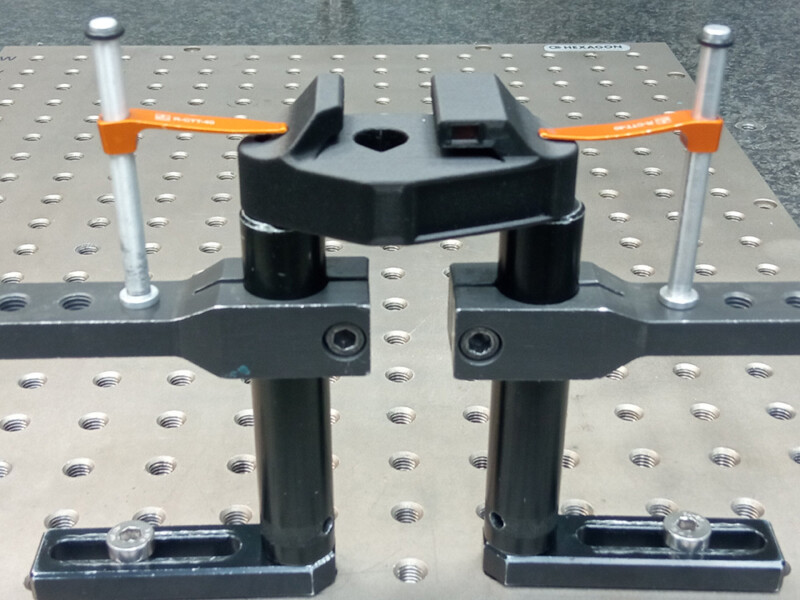
“We analyzed several ME (material extrusion) and sintering systems, carrying out specific tests, and the ones from Markforged gave us the best results in terms of the balance between ease of use, precision, and versatility,” Batlle told us.
They also implemented the plan with a 3D printer from the Markforged Metal series, the Metal X.
“The Metal X printer complemented part of our component creation process by minimizing the end-to-end time for parts, bringing the delivery and subsequent marketing of our fixtures forward compared to using CNC machining.”
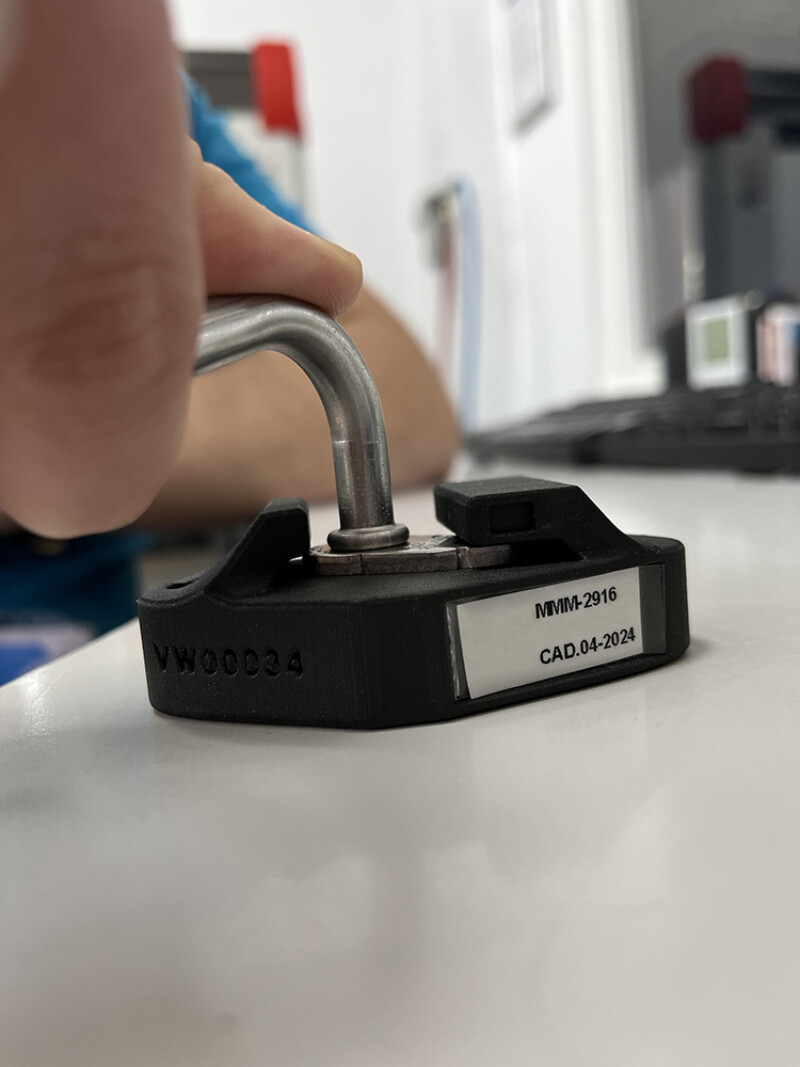
“At Manufactura Moderna de Metales we now take the components we make with the X7 and Metal X printers and combine them to create high-strength, light-weight hybrid fixtures. One example is combining the shims and other tools for controlling the play with parts made using the Metal X printer,” said Batlle.
“The aim of this new division is to help our customers identify the areas in their value chain where additive manufacturing could have the greatest impact and return the most added value.”
“We have specialized engineering teams that will help analyze your designs in order to achieve optimal results. By bringing together our experience and 3D additive manufacturing technology, we can find the best solution to cover your needs through 3D printing,” noted Batlle.
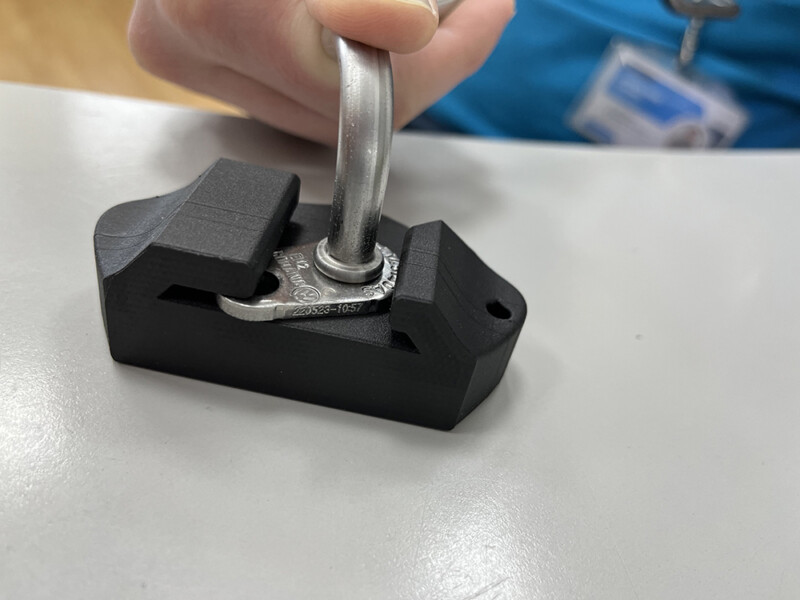
“We have used 17-4PH stainless steel and H13 tool steel in the Metal printer, although we specialize in pure copper components for high-conductivity parts,” continued Batlle.
Some of the printed copper parts are used as welding electrodes.
“Around 20% of parts are for internal standards, while the other 80% are mainly for customers in the packaging sector.”
Batlle went on to explain that they primarily make composite parts for preventive maintenance as this involved consumable wear parts or fixtures at the end of their useful life. They have achieved very-high-precision, with fixtures that have deviations of 0.05 mm. These results were down to a combination of the accuracy of the printing systems and specific DFAM (Design for Additive Manufacturing) strategies.
“Our biggest challenge was becoming familiar with the technology and then getting the most out of it.”
Conclusions
+ Need for highly specialized products
+ Significant reduction in development and end-to-end times for the final part
+ Need for flexibility during the design process and throughout manufacturing
+ Creation of clipping systems and DfAM-based mechanisms
+ Printed more than 50 towers, which demonstrates the systems’ repeatability
+ Definitive parts with maximum precision
+ Parts can be produced to check the quality of the components
+ Fixtures without having to machine anything
“Over the last 5 years, we have cut down component delivery time from an average of 58 days to just 14–21 days, even taking as little as 3 days in some cases – a complete success story!” explained Borja Batlle.
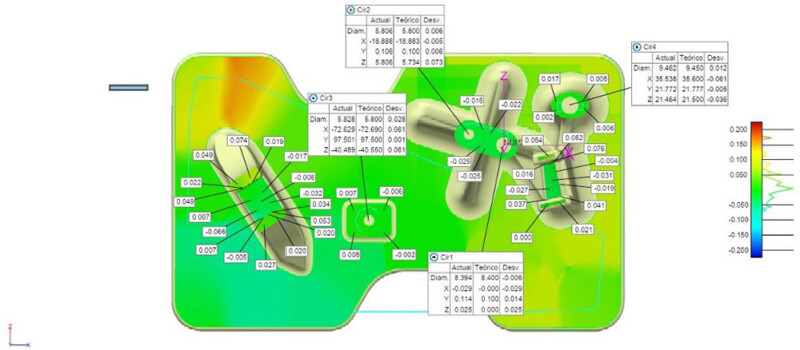
The Future
“Our dynamism, proactivity, and specialization are our main motors in this new era of innovation and implementation of new solutions.” MMM group.
MMM explains that their specialization in copper has opened up new lines of business in the packaging sector.
“The next step is to assess the FX20 production system, as we need to increase productivity and the size of parts,” commented Batlle.
“We need to expand the 3D printing division and there are plans to create a new specialized area at our facilities. The FX20 system is within our sights.”
“To sum up my experience so far with Markforged technologies, in a single word – PRECISION,” he concluded.
Learn more about additive manufacturing with Markforged

University of Las Palmas de Gran Canaria
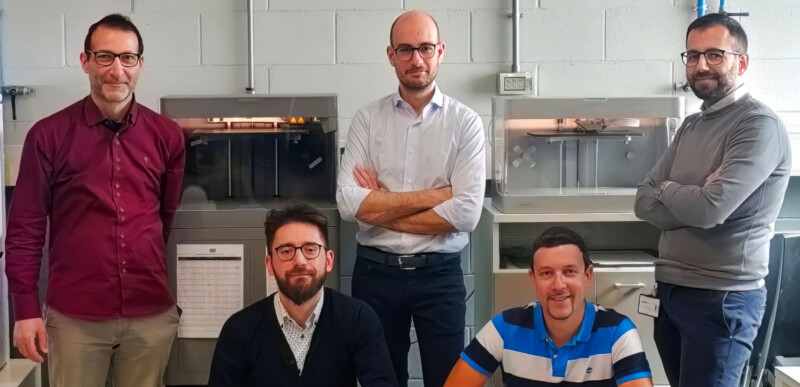
PUNCH Torino
All of the blogs and the information contained within those blogs are copyright by Markforged, Inc. and may not be copied, modified, or adopted in any way without our written permission. Our blogs may contain our service marks or trademarks, as well as of those our affiliates. Your use of our blogs does not constitute any right or license for you to use our service marks or trademarks without our prior permission. Markforged Information provided in our blogs should not be considered professional advice. We are under no obligation to update or revise blogs based on new information, subsequent events, or otherwise.
Never miss an article
Subscribe to get new Markforged content in your inbox